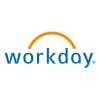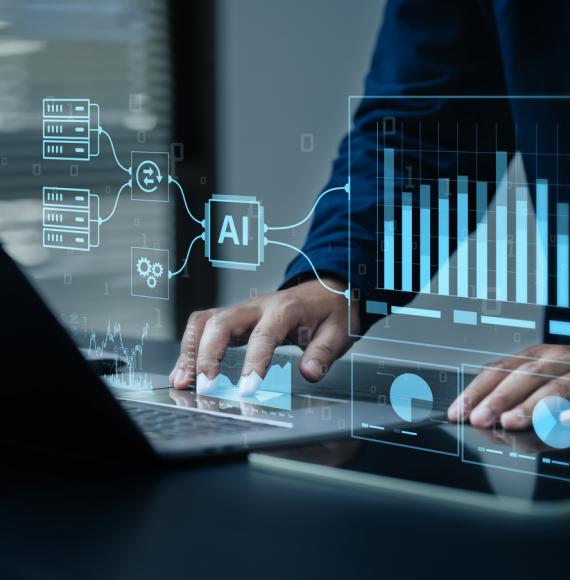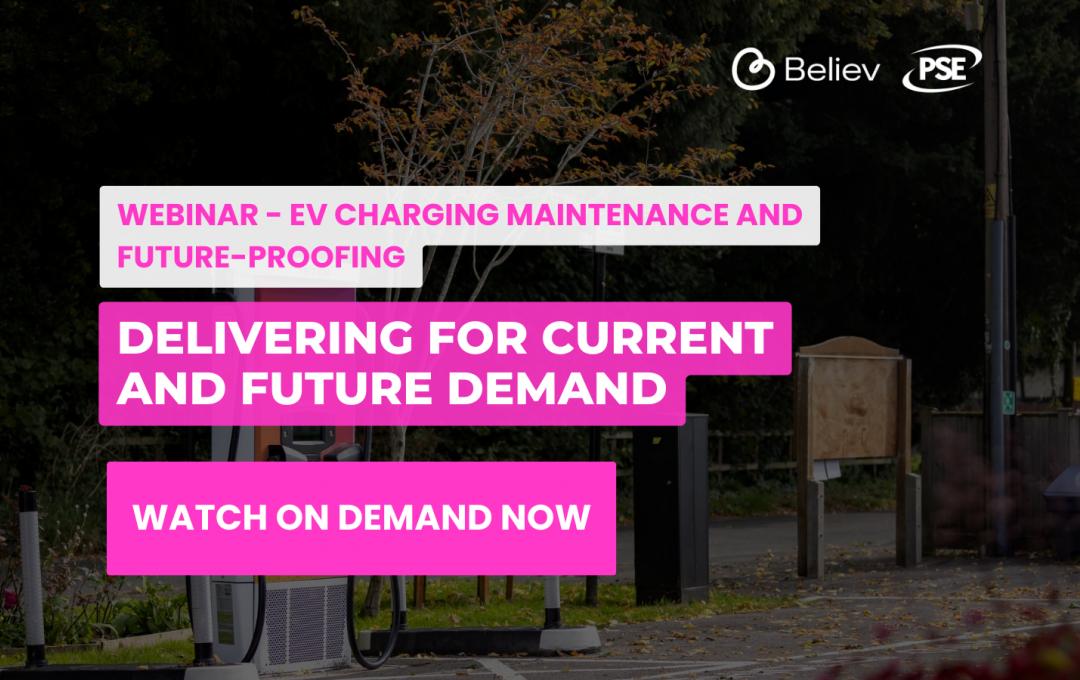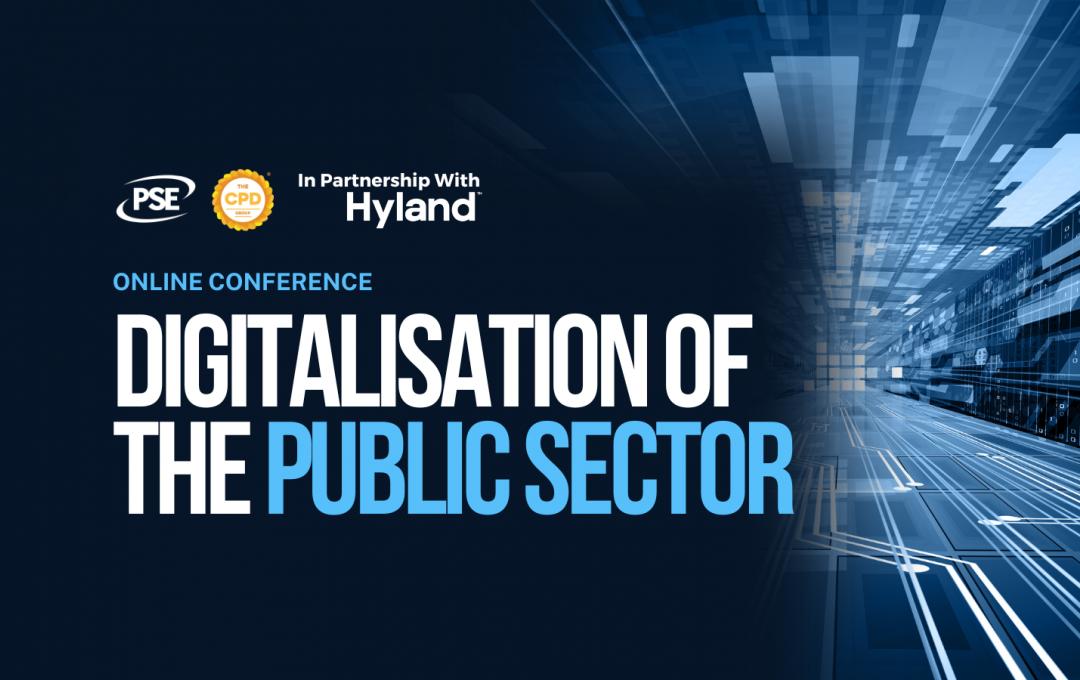Not every “cloud” is the same. Government finance and human resources teams should carefully weigh the differences between an enterprise management cloud approach and simply migrating existing ERP systems to a hosted data center.
Before the pandemic, some government organizations were focused on digital transformation, but overall progress was slow. In May 2019, the Government Accountability Office found that only 11% of federal information technology (IT) systems ran at least partly on the cloud. But the impact of Covid-19—and the clear need for flexibility and resilience it underscored—has pushed local, state, and federal governments to accelerate their cloud adoption.
But not every “cloud” is the same. There are radical differences between built-for-the-cloud systems—or an enterprise management cloud—and existing systems that were simply migrated to a hosted data center. While the “lift and shift” model may seem like a fast solution for government finance and human resources (HR) teams, and the IT teams that support them, there’s a lot more to consider.

For instance, migrating legacy enterprise resource planning (ERP) systems to a hosted cloud infrastructure costs a lot up front and requires additional investments down the road, as they need expensive upgrades at least every 4-6 years. Plus, moving a system that may be 10 or more years old into a vendor’s data center will not deliver the agility, scalability, and security benefits required for success in today’s rapidly changing world.
The alternative—and better move—is to adopt an enterprise management cloud, delivered through a software-as-a-service (SaaS) model. While it requires a mindset shift alongside a technology change, a true enterprise management cloud is a more scalable, cost-effective solution—and comes with a whole host of additional user benefits.
There are radical differences between an enterprise management cloud and simply migrating existing ERP systems to a hosted data center.
Here are five major drawbacks to moving existing ERP systems to a hosted solution:
Long-Term Costs are High—and Lead to Complex Budgets
The “lift and shift” model of cloud migration is a lot like storing your car in another person’s garage. They’ll (hopefully) keep it safe from break-ins, but if the car needs maintenance or repairs, that’s still your responsibility.
Moving existing ERP systems to private or hosted data centers leaves government organizations in a similar situation. After paying hefty costs to do the migration, they’re charged for ongoing maintenance, including system and software updates and customizations.
An enterprise management cloud removes those costs. It uses a subscription model, which means government organizations see stable, predictable costs and don’t need to worry about budgeting for regular maintenance or upgrades. And, because it’s delivered as an ongoing service, the vendor can deliver continuous and helpful innovations that result in more value over time.

Another significant cost in legacy ERP systems, even when in a private or hosted model, is in updating custom configurations to work with each upgrade. In the enterprise management cloud model, the system is configured to meet your needs, and each configuration is preserved as the system evolves.
These are huge benefits for organizations working within a tight budget or with stringent approval processes. Rather than letting systems fall three or four updates behind while they wait for funding, HR and finance teams receive continually updated technology as part of their subscription fee, while ensuring that business processes don’t require updating to maintain compatibility.
User Experience Stagnates
While the conversation about digital user experience normally focuses on customers, it has a big impact on employees, as well. Roughly half (47%) don’t believe their organization pays attention to people’s needs when introducing technology, according to a recent PwC survey of 12,000-plus employees. And only one-third of employees say they’re satisfied with the technology experience available to perform their most important work.
In addition to fueling frustration and burnout, outdated ERP systems can create major roadblocks for HR and finance teams. As these systems stagnate, they limit worker productivity—while up-to-date systems that work like the apps people use in their personal lives can offer significant time savings. In a world that demands speed and flexibility, cloud-based applications give people the tools they need to work quickly, wherever they might be.
And this accessibility helps employees manage their own information and careers. On an older system, employees may not be able to access personal information and documents, such as W-2s or benefits information, or request time off. Cloud-based applications make it easy for people to securely self-serve on many tasks—and that added convenience can do a lot to drive employee satisfaction, and can also help employees find new learning and growth opportunities across the organization, and ultimately, help with talent recruitment and retention.
Reporting Is Complex and Time-Consuming
In a fast-paced, data-driven environment, HR and finance teams need to be able to access information at a moment’s notice to inform decisions. But legacy ERP systems make it difficult for the average user to extract meaningful data in a timely manner. Creating reports often requires coding skills—or complex requests that must run overnight, or even require the intervention of IT to produce.

Cloud-based applications let users easily build custom reports with simple dropdown menus, helping HR and finance inform big picture decisions in real time. Each user’s permissions will ensure they only access the data they are supposed to—but give them the freedom to work on the go from their mobile devices. Plus, an enterprise management cloud avoids the data silos that plague legacy systems and cause users to question whether data is timely or accurate.
Legacy Systems Become Data Roadblocks
Governments require dozens if not hundreds of crucial integrations to run their operations. But legacy ERP systems weren’t built to accommodate so many touchpoints. This puts a burden on IT teams, which need to ensure that new connections don’t break the system. These same integrations and other customizations also inhibit upgrading the core ERP system due to the need to update (and validate) them for each ERP upgrade.
A SaaS enterprise management cloud doesn’t have those same integration pain points. Core infrastructure can continue to run seamlessly, even as integrations are added or modified. That means fewer headaches—and far less room for error.
Lack of Transparency Introduces Risk
For government agencies, transparency and accountability are king. But many legacy ERP systems were built decades ago, and lack features like always-on auditing and built-in security roles. But many legacy ERP systems were built before current regulations were introduced, which means compliance enhancements have been an afterthought.

This has resulted in clunky workarounds and manual efforts to ensure the proper controls are in place—but due to the limitations of these bolt-ons, the audit features are often turned off. This means organizations can’t always identify who has accessed or changed data—which could leave finance and HR teams open to audit challenges and security risks.
Because it’s an ongoing service, an enterprise management cloud delivers more value over time.
Cloud-based applications, on the other hand, can be updated regularly to meet the compliance demands of any new regulations. Compliance management is built in and an always-on audit trail ensures auditors can see the history of all changes that have been made. Plus, they focus on security at scale, so customers don’t have to.
Driving the Change
Change is hard, but sometimes it’s necessary. Helping people understand the need for a different approach that transcends the limitations of legacy ERP systems, even when hosted, can go a long way to getting them on board. To prepare for a move to an enterprise management cloud, leaders in government should ask—and answer—a few key questions about their current state and their future goals.
- What does it cost to run the ERP system today?
- Is funding being requested to further upgrade the ERP system? Does the lumpy nature of traditional ERP billing make it hard to budget? Make sure to factor in the costs associated with customizations and integrations.
- What is the value the organization receives with the current ERP system?
- Are the departments/users happy with the ERP tools provided today? Is the technology enabling them or impeding them?
- Has the organization done a financial impact study of the current situation and the benefits of moving to an enterprise management cloud?
Delving into these questions with your HR and finance teams will help drive home the value of choosing an enterprise management cloud solution—and position your government or agency for a faster, more successful digital transformation.



















